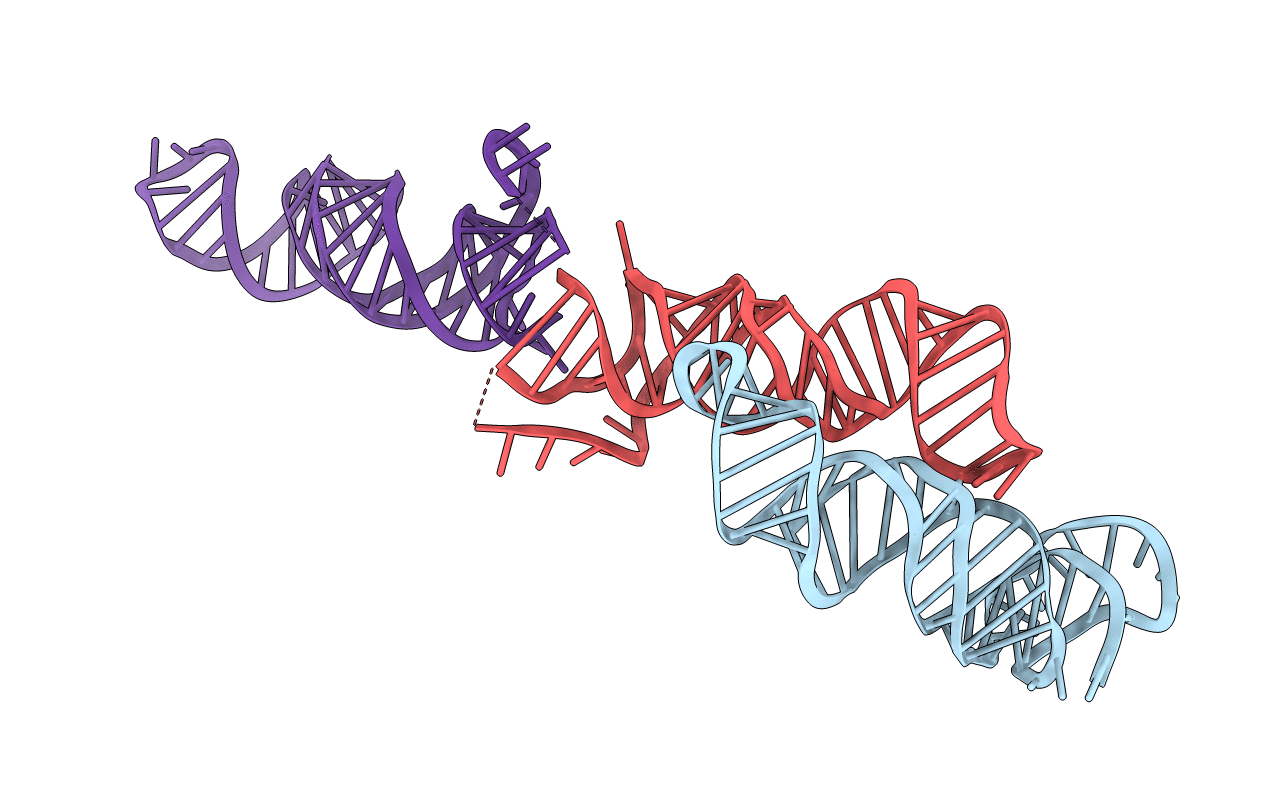
Deposition Date
2014-05-19
Release Date
2014-06-25
Last Version Date
2023-12-27
Entry Detail
PDB ID:
4PLX
Keywords:
Title:
Crystal structure of the triple-helical stability element at the 3' end of MALAT1
Biological Source:
Source Organism:
Homo sapiens (Taxon ID: 9606)
Method Details:
Experimental Method:
Resolution:
3.10 Å
R-Value Free:
0.25
R-Value Work:
0.22
R-Value Observed:
0.22
Space Group:
P 32 2 1


